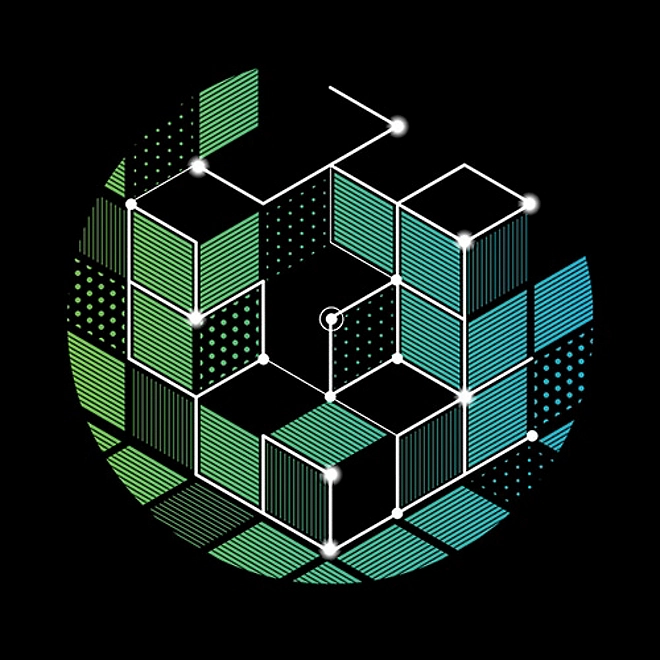Tax transformation trends survey
Technology in focus
In this third report of the Tax Transformation Trends survey series, we tapped into the perspectives of 300+ tax and finance leaders globally to examine how technology has ushered in an entirely new age of transparency for the tax function.
Tax in a transparent world
The infusion of technology into every aspect of our lives has ushered in an entirely new age of transparency. When we order food, hail a ride, or buy groceries, we can track where things are at each step of the process. The world has become accustomed to and embraced this level of visibility. The tax function is no exception. The public and taxing authorities want to know who pays how much tax, when and where. This has a growing and material impact on companies’ reputations and brand perceptions.
Working in a completely transparent world can feel like being in a glass house. As the glass house analogy becomes a reality, tax leaders should explore how to use technology to get their houses in order with a focus on data quality, investments and operating models.
Click here to download the executive summary report that highlights tax leader’s strategic perspectives on tax operations, talent and technology.
In this study, 70% of tax leaders predict that revenue authorities will have more direct access to their systems within three years.
Confidence in the age of transparency
More data, insights and suggestions can be found in the full report.
The third and final report in the Tax Transformation Trends survey series examines how technology is ushering in a new age of transparency—creating both challenges and opportunities for the tax function. Understanding the impacts of transparency and how they are influencing tax departments will be imperative as tax and finance leaders re-examine their operating models and investments in technology.
DOWNLOAD THE PDF
Continue Exploring
how to Operate with Dynamic Control within your tax and finance departments



